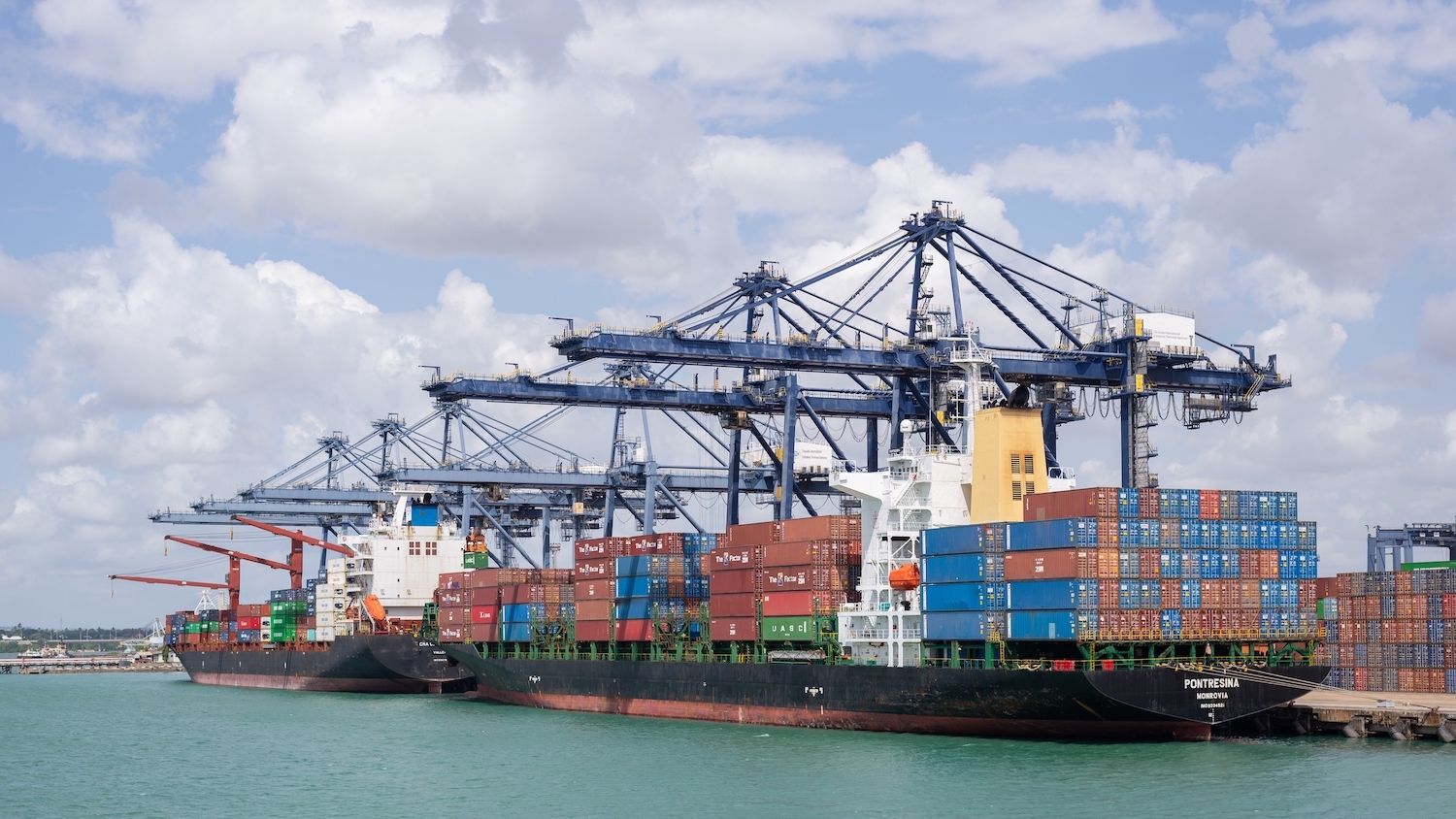
Cameroon’s main exported goods
Cameroon, located in Central Africa, has a diverse economy largely supported by agriculture, natural resources, and manufacturing. The country’s exports are crucial to its economy, contributing significantly to its GDP and foreign exchange earnings. Here’s a detailed overview of Cameroon’s main exported goods:
### 1. **Crude Oil and Petroleum Products**
Cameroon’s crude oil and petroleum products form the cornerstone of its exports, representing a large portion of foreign exchange earnings. The country is one of Sub-Saharan Africa’s moderate oil producers, with its production primarily concentrated in offshore and onshore fields. Oil is exported to international markets such as the United States, the European Union, and China. The Société Nationale des Hydrocarbures (SNH) oversees the oil and gas industry, while international oil companies like Total and Perenco operate in the region.
### 2. **Cocoa Beans**
Cocoa beans are another significant export product for Cameroon. The country is among the top cocoa producers in the world, competing with larger producers like Côte d’Ivoire and Ghana. Cameroon’s cocoa is mainly exported to European and North American markets, where it is used in the production of chocolate and other cocoa-based products. The government has implemented initiatives to boost the quality and quantity of cocoa production, ensuring better earnings for farmers and increased competitiveness in global markets.
### 3. **Timber and Wood Products**
Cameroon boasts vast forest reserves, making timber one of its critical export commodities. High-quality hardwoods like mahogany, iroko, and ayous are extracted from the country’s rainforests and exported as logs or processed wood products. The European Union, China, and the Middle East are the primary destinations for Cameroon’s timber exports. However, the industry faces challenges related to illegal logging and environmental concerns, pushing for sustainable practices and better regulatory frameworks.
### 4. **Bananas**
Bananas, particularly the plantain variety, are essential to Cameroon’s agricultural export portfolio. The country exports significant quantities of bananas to European countries, especially France and Belgium, under favorable trade agreements. Bananas from Cameroon are known for their quality, contributing significantly to the livelihoods of small-scale farmers. The Cameroon Development Corporation (CDC) plays a significant role in this sector, managing large plantations and ensuring that export standards are met.
### 5. **Coffee**
Coffee, especially the robusta variety, is another major agricultural export for Cameroon. The country’s highlands provide an ideal climate for coffee cultivation, resulting in beans that are well-regarded in international markets. Cameroon’s coffee is exported mainly to Europe and the United States, where it is used in the specialty coffee industry. Efforts to enhance production quality and tackle challenges like fluctuating global prices have been implemented by the government and private sectors.
### 6. **Cotton**
Cotton farming is a vital part of Cameroon’s agricultural sector, particularly in the northern regions. Cotton is grown by smallholder farmers and processed before being exported to markets in Asia and Europe, where it is used in the textile industry. Cameroon’s cotton exports contribute to the economic development of rural areas, and the government provides subsidies and support to improve productivity and efficiency.
### 7. **Aluminum**
The aluminum sector is another notable component of Cameroon’s export economy, with the Aluminum Company of Cameroon (ALUCAM) playing a significant role. ALUCAM processes bauxite into aluminum, which is then exported to international markets. The primary destination for Cameroonian aluminum is the European Union, where it is used in various industries, from automotive to construction. Although the aluminum sector is smaller compared to oil or agriculture, it remains a crucial revenue earner for the country.
### 8. **Palm Oil**
Palm oil production has been rising in Cameroon, with exports primarily directed toward regional markets. The growing demand for palm oil, both for cooking and as an industrial ingredient, has positioned Cameroon as a key supplier in Africa. However, like the timber industry, palm oil production faces scrutiny over environmental concerns, including deforestation and biodiversity loss. Initiatives to promote sustainable palm oil production are underway to address these challenges.
### 9. **Natural Gas**
In recent years, natural gas exports have gained importance in Cameroon’s economy. The discovery of gas reserves, coupled with investments in liquefied natural gas (LNG) infrastructure, has boosted the country’s export potential. Cameroon now exports LNG primarily to European and Asian markets, helping to diversify its energy sector away from dependence on crude oil alone.
### Conclusion
Cameroon’s export economy is diverse, with both natural resources and agricultural products playing critical roles. Crude oil remains the most valuable export, but sectors like agriculture, particularly cocoa and bananas, continue to provide a stable income for the nation. The government is working on diversifying its export base, improving infrastructure, and promoting sustainable practices in industries like timber and palm oil to ensure long-term growth. By leveraging its natural resources and agricultural potential, Cameroon aims to strengthen its position in the global market.



Leave a Reply